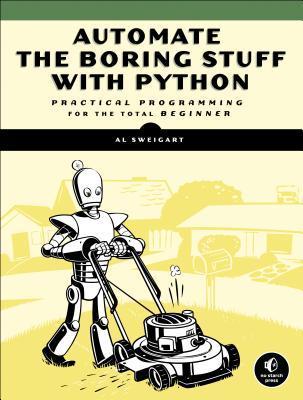What do you think?
Rate this book


479 pages, Paperback
First published November 25, 2014
“To paraphrase an old joke among programmers, “Writing code accounts for 90 percent of programming. Debugging code accounts for the other 90 percent.” Your computer will do only what you tell it to do; it won’t read your mind and do what you intended it to do. Even professional programmers create bugs all the time, so don’t feel discouraged if your program has a problem.”
-Albert Sweigart